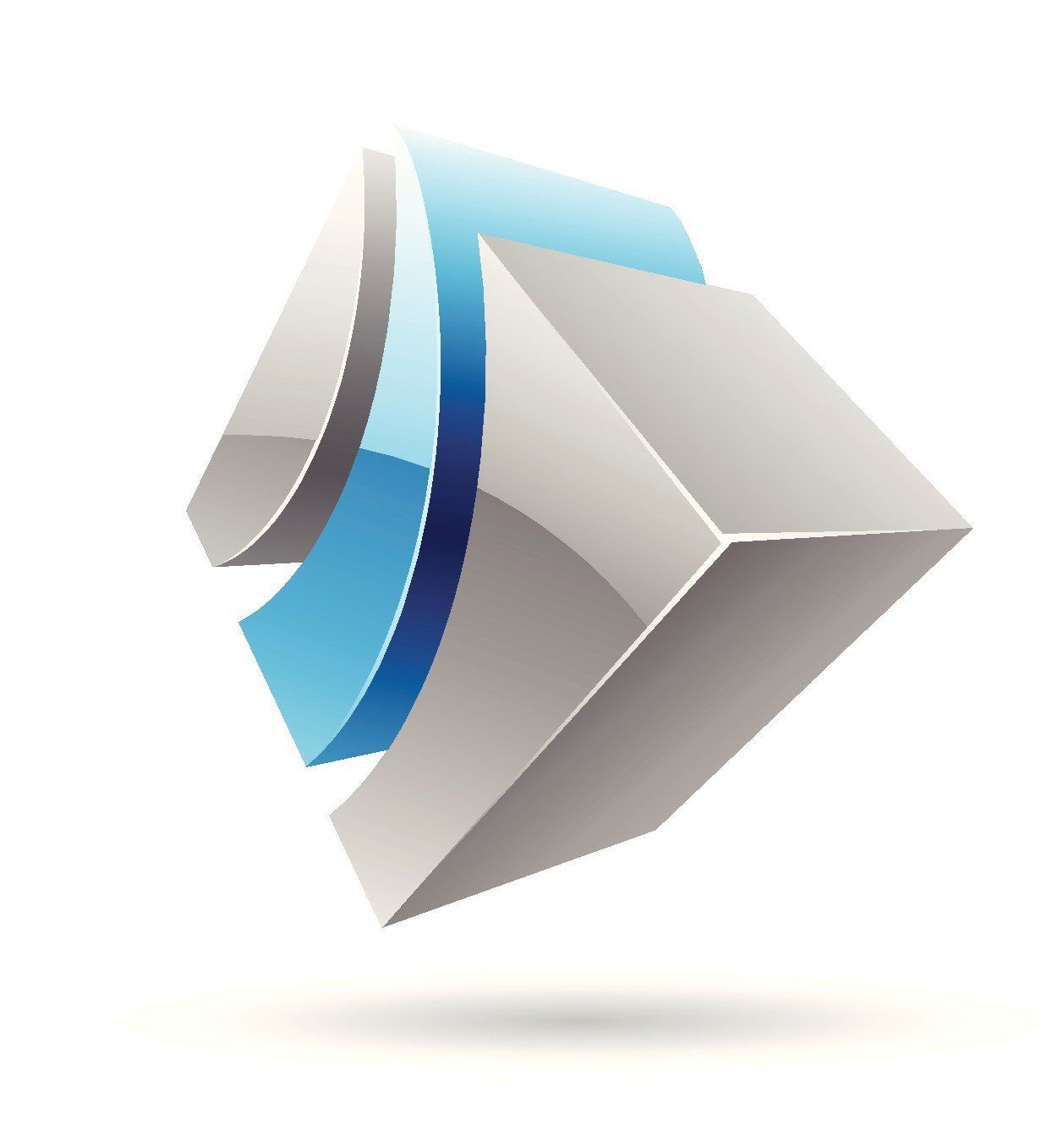Massage Therapy
Massage Therapy in Swindon
Massage therapy is available for both individual treatments or as part of a Chiropractic, Osteopathy or Rehabilitation-led treatment plan.
Book Your Massage
What is Massage?
Massage is a form of soft tissue therapy that uses manual hands-on techniques to manipulate the body’s soft tissue and muscles. The aim of this is to increase circulation, relieve tension, reduce stress and anxiety, improve sleep and promote relaxation throughout the entire body.
The history of massage therapy dates back thousands of years to ancient cultures who used it for medical benefits. Once considered an ‘alternative treatment’, massage therapy is now much more mainstream and growing in popularity due to the significant number of benefits it provides with science to back this up. The incorporation of massage into western medicine is on the rise and gaining momentum.
What are the benefits of massage?
Most people come and see Kube Medical because they have pain, discomfort or a ‘knot’ or tightness in their muscles. Massage treats these issues because it targets the source of the pain (rather than masking it with painkillers) and eliminates muscles tension by increasing the circulation to the muscles. This results in an increased supply of nutrients and oxygen to the area and stimulation of the lymphatic system to flush through the irritants and toxins that cause pain. This leads to a reduction in stiffness and swelling along with an increase in flexibility.
Chronic physical pain can increase stress levels which can exacerbate the cause of the pain but also cause fatigue and lower moods. Studies show that massage can decrease cortisol (stress hormone) levels by up to 31% and increase serotonin and dopamine (‘happy’ hormone) levels by 28% and 31% respectively. This indicates that massage can be effective at not only reducing stress levels but also in reducing chronic pain, promoting healing and improving mood.
With this considerable list of positive effects, massage therapy is an easy and enjoyable way to quickly improve your wellbeing and mobility.
Who can have a massage?
Massage is for everyone. We don’t offer a ‘one size fits all’ approach to treatment. Each treatment is tailored to our client’s individual needs and preferences. We treat people of all ages, sizes and abilities and are more than happy to make any necessary adaptions to ensure our clients get the best out of their treatments.
What types of massage does Kube Medical offer?
Sports Massage
This therapy utilises deep tissue techniques to reduce pain in areas of muscular tension. Treatments comprise of faster-paced strokes than a ‘traditional’ massage and also incorporates stretching and compression techniques. During compression techniques, practitioners may use their forearms, elbows, knuckles, fingertips or instruments to assist in applying compressions.
Stretching involves passive techniques where the practitioner mobilises the client’s joints with the muscles relaxed but also active and resistive which involves participation from the client. Contrary to popular belief, this method of massage isn’t restricted to only those who are ‘sporty’ but is effective to a huge variety of conditions.
Deep Tissue Massage
Deep tissue massage is often used to treat musculoskeletal issues and employs techniques such as slow deep strokes to target the muscles and connective tissues. The pressures used in deep tissue are stronger and concentrated on problem areas. The practitioner may use their forearms, elbows, fingertips and knuckles to target areas. The purpose of the deep strokes is to breakdown adhesions in the tissue which are causing pain and/or restriction in movement.
Swedish Massage
Swedish massage is one of the most commonly used and popular types of massage also known as ‘classic massage’. This involves long soft strokes and kneading and targets the topmost layers of muscles in the body. This type of massage is relaxing, can reduce stress and improve your blood circulation.
As previously mentioned, our treatments are tailored to each client and where we feel it may be of benefit, we will offer other modalities as part of the treatment, these may include: -
Myofascial Dry Cupping
Myofascial dry cupping is a technique where cups are applied to areas of tension and air is taken out through a valve to create a vacuum. This lifts the soft tissue up and creates an upwards stretch to the muscle and fascia.
Cupping can be used in a static technique where the cups stay on for a period of time and are then removed, this can leave some circular marks on the body which usually disappear within a week or so. The other technique is sliding cups where a bit less air is taken out of cups and the cup is moved along the skin by the practitioner. This technique rarely leaves marks.
Ultrasound
Most people will have heard of ultrasound but in the context of scans for medical purposes. Here, we use ultrasound to treat musculoskeletal problems such as inflammation from injuries. When used, the ultrasound machine creates a piezoelectric effect by the vibration of crystals in the probe which generates the ultrasound waves. When applied to the body this causes vibration in the soft tissues which heats up the area, although the patient won’t feel the heat. The heat causes an increase to local blood flow which can help to reduce swelling and inflammation of the area.
Pregnancy/Prenatal Massage
Pregnancy massage, also known as prenatal massage, is specifically for clients who are pregnant. The aim of this type of massage is to reduce swelling and relieve joint and muscular pain, the techniques used are gentle.
Clients need to be past their first trimester of pregnancy to be able to have this massage. Depending on the stage of pregnancy, the client will be supported by specialist pillows to ensure their and their baby's comfort.
Manual Lymphatic Drainage
This is a very gentle and specialised type of massage aimed at clients who have lymphoedema. The practitioner will use light pressure and very slow movements to move the lymph fluid away from the swollen area to help it drain away through healthy lymph vessels to reduce the swelling.
MLD can be used to support post-operative recovery from surgery.
Myofascial Release
Fascia is the connective tissue between muscles and most structures within the body. All types of massage will treat the fascia to some degree; however, myofascial release techniques can be used to isolate and release tension in the fascia by using sustained pressure on specific areas.
IASTM/Rock Blades
Our massage practitioners at Kube are trained in Rock Blades for IASTM (instrument assisted soft tissue mobilisation). Rock Blades are soft tissue instruments which therapists use as an extension of their hands. They are made of surgical grade stainless steel and are precision engineered with different ‘edges’ providing a huge variety of ways to treat different areas of the body. The benefit of using Rock Blades is that they provide a mechanical advantage to hands and enable the therapist to work deeper. Rock Blades can be used for lighter treatments too and the harder edge can be useful in ‘scanning’ for alteration to soft tissue.
Kinesiology Taping
Kinesiology taping, also known as K-tape or KT is the application of an adhesive strip of stretchy cotton tape to treat a physical issue. Different to strapping or sports taping, which is used to limit the range of movement,
Kinesiology tape can be used to support and improve joint alignment. It can be used for a variety of conditions affecting muscular and fascial systems but also joints and the lymphatic system.
Kinesiology tape pulls the upper layers of skin to make more space for lymph flow improving lymphatic drainage. It also alters the information the nerve receptors send to the brain and produces a less reactive response in the body.
Dry Needling
Different to acupuncture, a traditional Chinese medicine technique which aims to release energy pathways throughout the body, dry needling treats the muscular system directly. Dry needling is performed using the same type of needles as acupuncture; however, they are utilised by targeting trigger points or knots/tightness in muscles to release the tension and improve mobility.
Quick Links
Contact Details
Mon-Fri
8:00 AM - 8:00 PM
Sat 8:00 AM - 2:00 PM
Address
Nexus Business Centre, Darby Close, Swindon, SN2 2PN
Company Reg No. 6706073
Copyright © 2024 Kube Medical Limited. All Rights Reserved.

